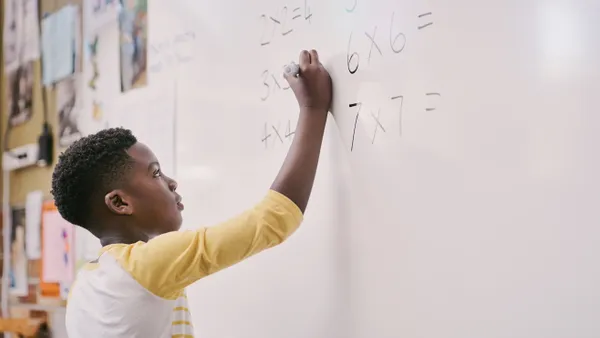“When am I ever going to use this in real life?”
Perhaps no other subject area elicits that response from high school students quite like mathematics — and a recent YouthTruth survey presents three key findings as to why that is.
Funded by the Bill & Melinda Gates Foundation, the YouthTruth Math Learning and Identity Project spent 15 months gathering data on three fronts:
-
A comprehensive student experience survey issued to nearly 90,000 high school students during the 2022-23 school year.
-
Open-ended responses from about 66,000 students as part of the same survey.
-
Workshops featuring the input of 100 students from two school districts.
In general, the survey found that a majority of students — 70% — said math is something they can become good at if they work hard at it, and 61% said they often or always continue trying even when it gets difficult. Furthermore, 57% of students said they agree or strongly agree math is important for everyone to know.
However, less than half — 47% — said their class often or always explores interesting math problems, and only 46% said they often or always feel comfortable asking questions when they don’t understand.
These general findings help frame the survey’s three main takeaways.
-
Students see “school math” as disconnected from the math used in practical or “real” situations.
-
Students who are “determined” math learners have strong identities tied to math and positive learning experiences, and they say their teacher relationships are an important part of their motivation and desire to learn the subject.
-
Uninteresting math problems hinder students’ motivation to learn math skills.
“Beyond mathematics per se, these findings invite us to consider the purpose of public education and how those investing in education can help ensure that what we are teaching remains relevant to real life after high school in a changing society and economy,” Jen Vorse Wilka, executive director of YouthTruth, wrote in a post for The Center for Effective Philanthropy.
Additionally, she said, the findings highlight the need to remember the importance of relationships and the need to balance intrinsic and extrinsic motivation in K-12 learning experiences, particularly when it comes to how funding and investments are used.








 Dive Awards
Dive Awards





